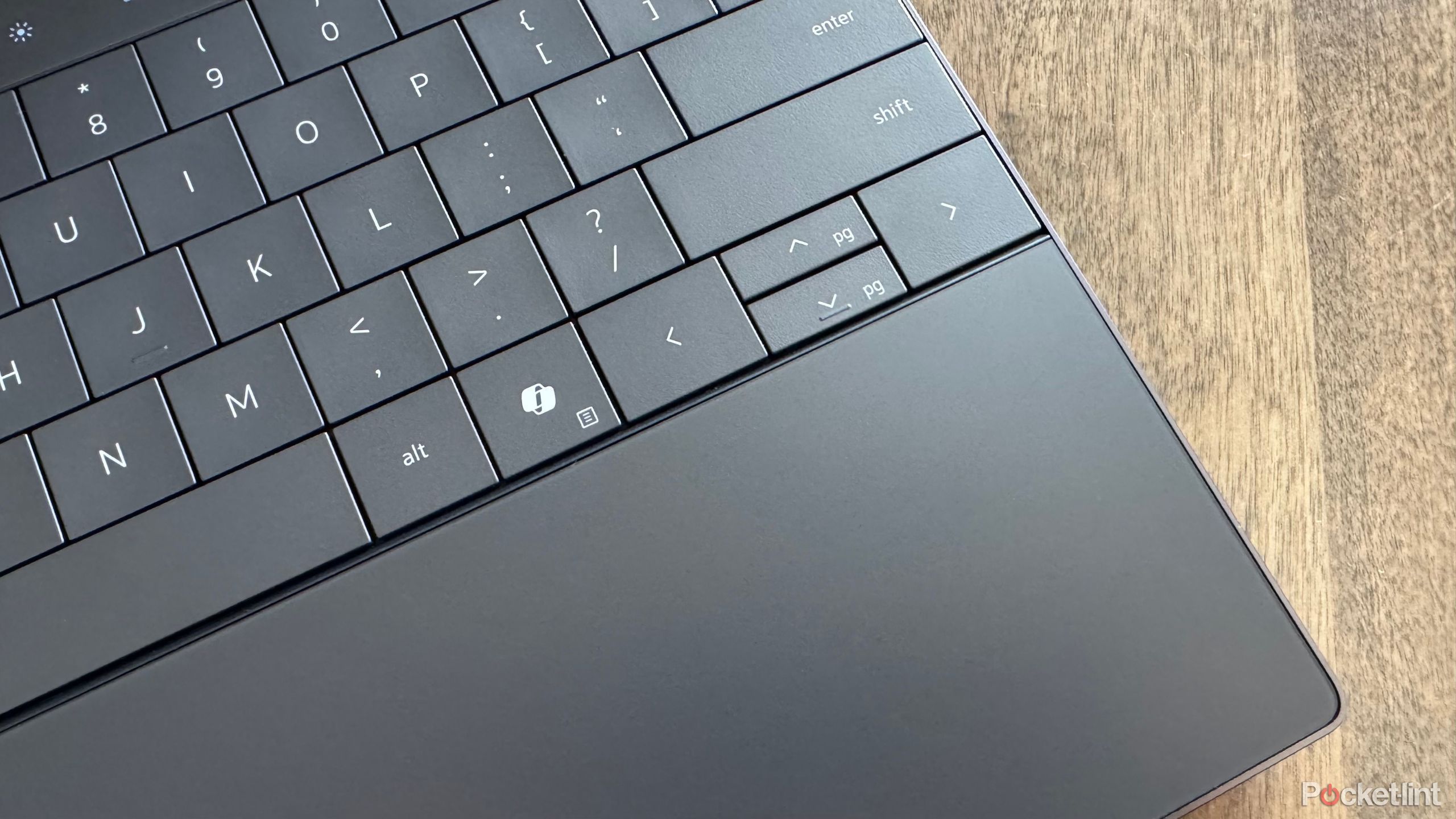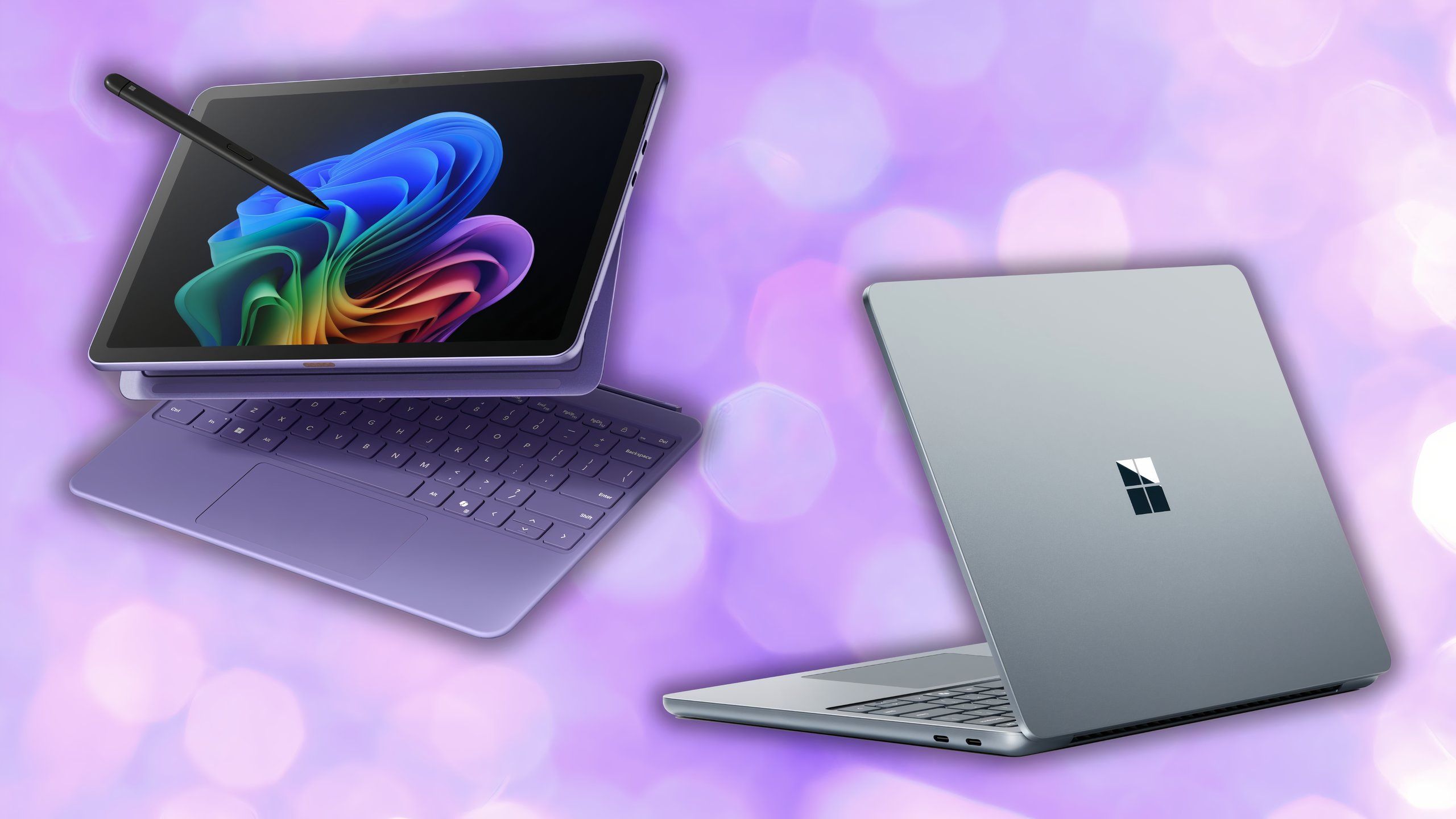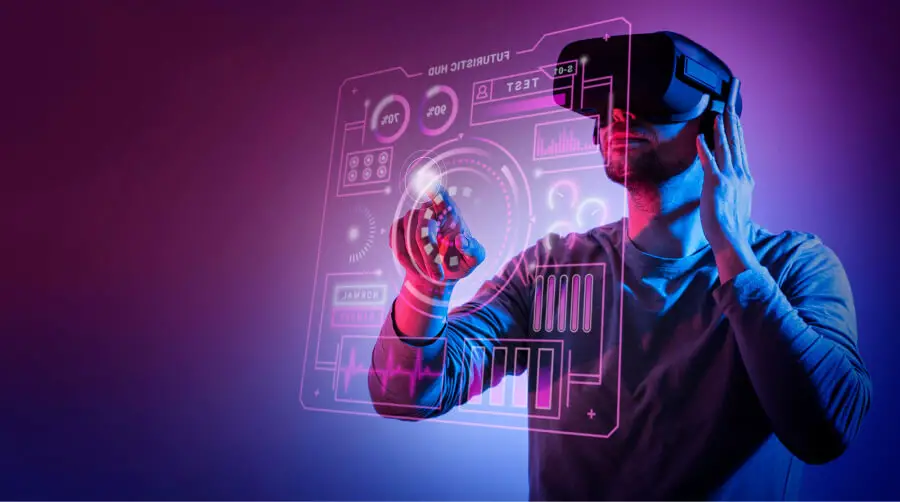Summary
- Microsoft Build 2025 is taking place from May 19 through 22 of this year.
- As in previous years, Microsoft’s Build conference is primarily focused on the developer community.
- The company has announced several AI-related development tools and features across Windows, Azure, GitHub, and more.
Less than two weeks ago, Microsoft announced a slew of consumer-facing news, including the reveal of
new compact Surface PCs
, as well as
upcoming client-side additions
to its Windows operating system. Now, with the kickoff of Microsoft Build 2025, the company is turning its attention towards the developer community. Build is an annual developer conference hosted by
Microsoft
, with this year’s event taking place from May 19 through 22 in Seattle, Washington.
Perhaps unsurprisingly, Microsoft is taking
artificial intelligence
very seriously at this year’s Build event, weaving AI tech throughout many of its various announcements. There’s a particular emphasis being placed on agentic AI, which is a form of the tech that is more autonomous (and potentially more powerful) than the typically rigid
generative AI
systems we’ve become familiarized with in recent years.
“At Microsoft Build we’re showing the steps we’re taking to make this vision a reality through our platforms, products and infrastructure. We’re putting new models and coding agents in the hands of developers, introducing enterprise-grade agents, making our platforms like Azure AI Foundry, GitHub and Windows the best places to build, embracing open protocols and accelerating scientific discovery with AI, all so that developers and organizations can go invent the next big thing,” says Frank X. Shaw, Chief Communications Officer at Microsoft.
Related
Windows 11 is evolving, and so is its iconic Start Menu
Alongside new Surface PC hardware, Microsoft has announced a grab bag of new AI features for Windows 11 (in addition to a major Start Menu redesign).
Build 2025 is all about two things: developers and AI
Microsoft is doubling down on its various AI and Copilot initiatives
In terms of Build 2025 announcements, Microsoft is hyping up its efforts to “reimagine the software development lifecyle with AI.” The tech giant is introducing a number of notable AI-powered development tools, including a new GitHub Copilot coding agent, updates to various GitHub Models, a Windows AI Foundary for unified developer access to large language model (LLM) APIs, as well as Azure AI Foundary models. Interestingly, Microsoft is incorporating xAI’s Grok 3 mini models into this latter Foundary platform.
Elsewhere, Microsoft is focused on “making AI agents more capable and secure,” which involves the deployment of pre-built agents, as well as the release of new multi-agent capabilities. In particular, the company is introducing Microsoft 365 Copilot Tuning and multi-agent Orchestation — the former allows developers to train AI models and to create their own agents in an approachable way, while the latter allows multiple agentic AI systems to connect and combine skillsets together.
From my point of view, Microsoft’s Discovery initiative is particularly noteworthy and exciting.
Microsoft says it’s a supporter of open agentic web standards, which is why it’s throwing its weight behind Anthropic’s Model Context Protocol (MCP), while also introducing a new open NLWeb standard for easier internet AI agent implementation. Lastly, the company is also introducing an all-new platform called Microsoft Discovery, which is designed to make it easier for scientists to leverage agentic AI toolsets for use in their research and development workflows.
From my point of view, Microsoft’s Discovery initiative is particularly noteworthy and exciting. I’ve been weary of some of generative AI’s applicable use cases — particularly within the creative domains of art, poetry, and writing — but an agentic AI system that empowers researchers is exactly the sort of leveraging of the tech that I’d hope to see proliferate. The implications here could be game-changing: an acceleration in the discovery of new medicines, cures for diseases, the cracking of currently undeciphered writing systems, and many other breakthroughs are all potentially on the table.
Related
Microsoft’s latest Surface PCs are compact, lightweight, and missing Surface Connect
The tech giant has just unveiled two new compact Windows 11 PCs: the Surface Pro, 12-inch two-in-one, and the Surface Laptop, 13-inch.









